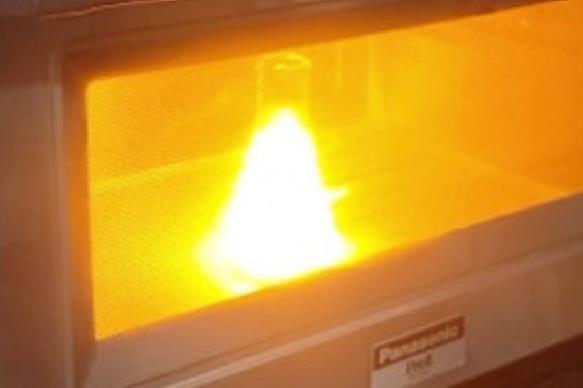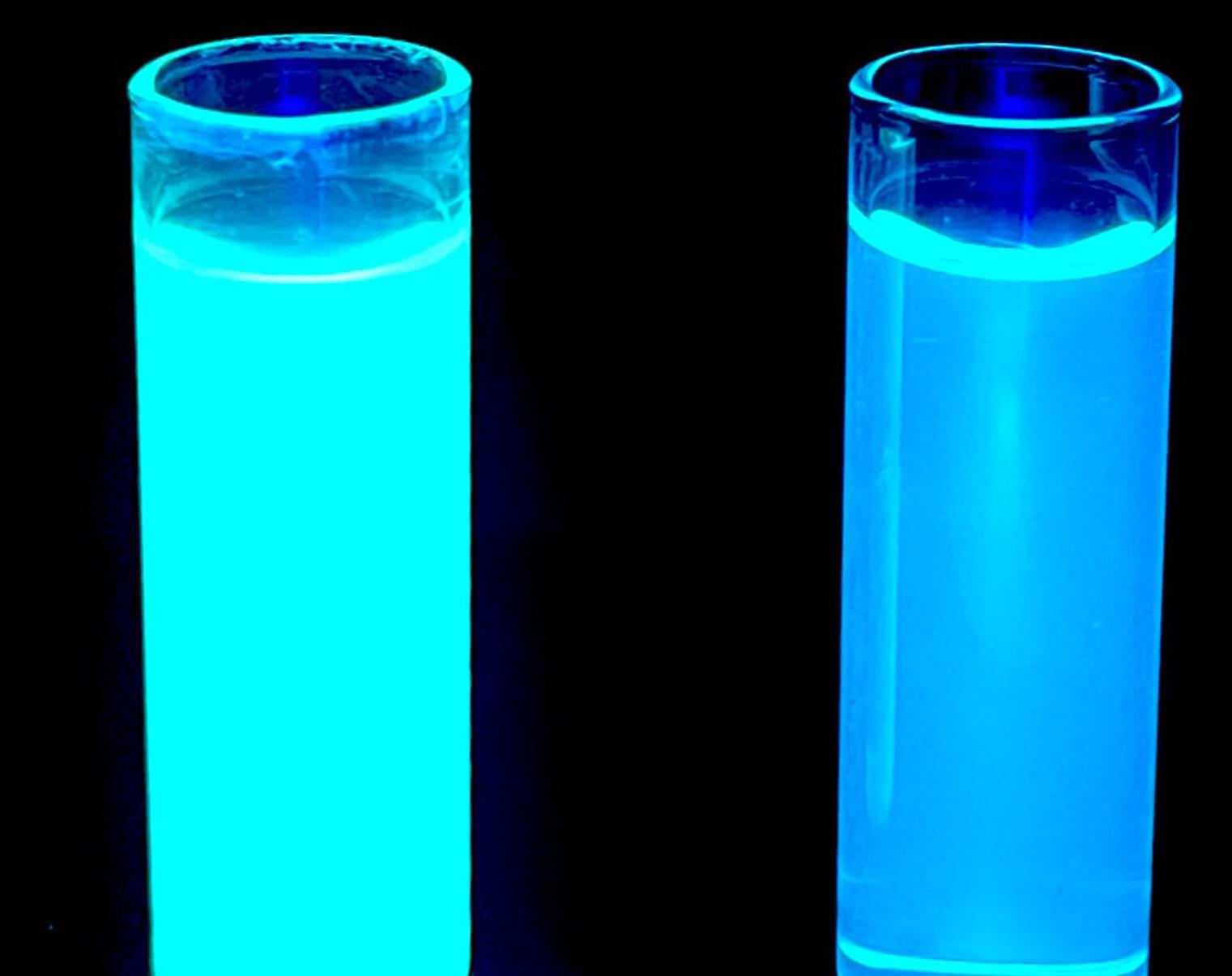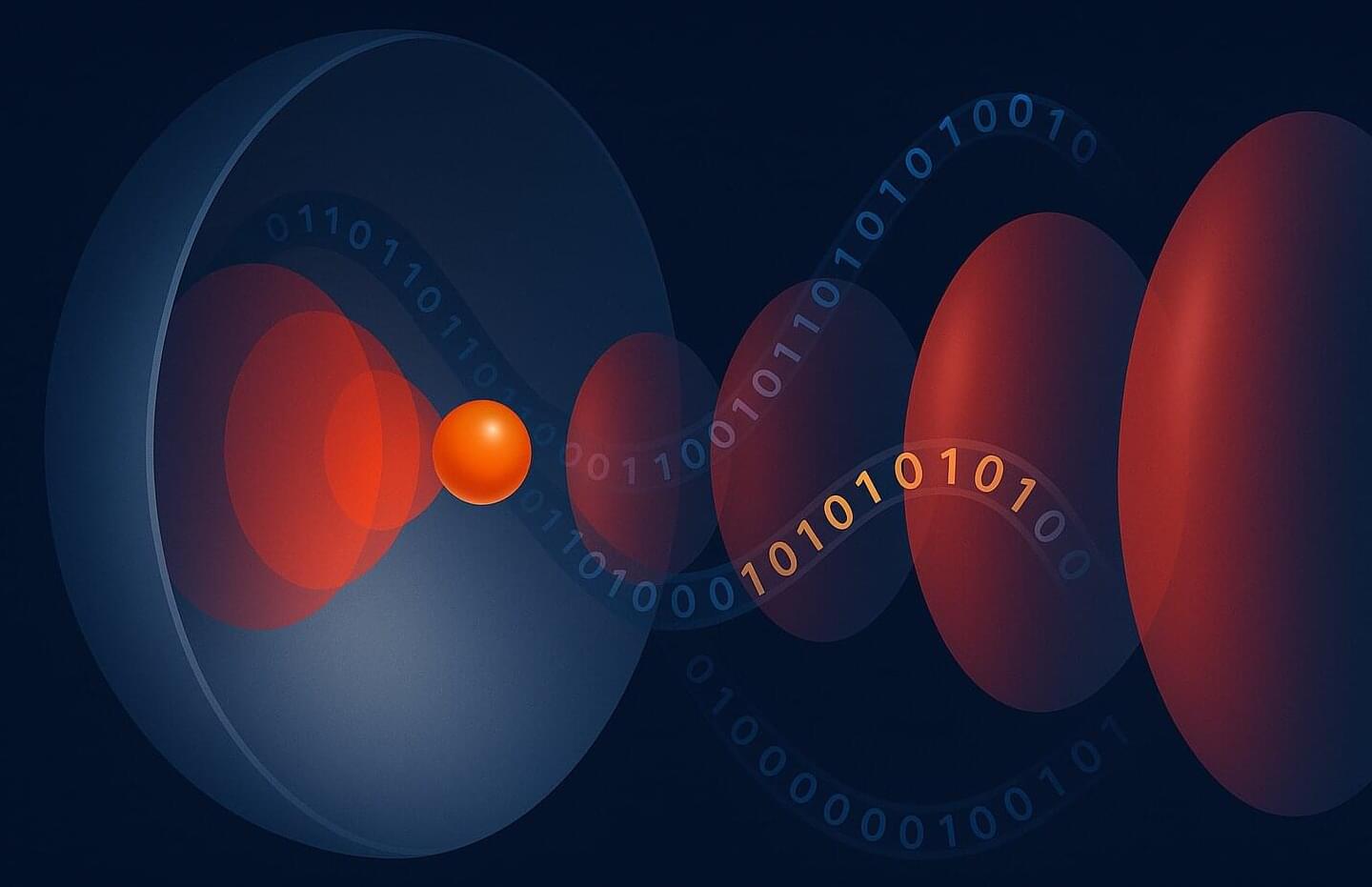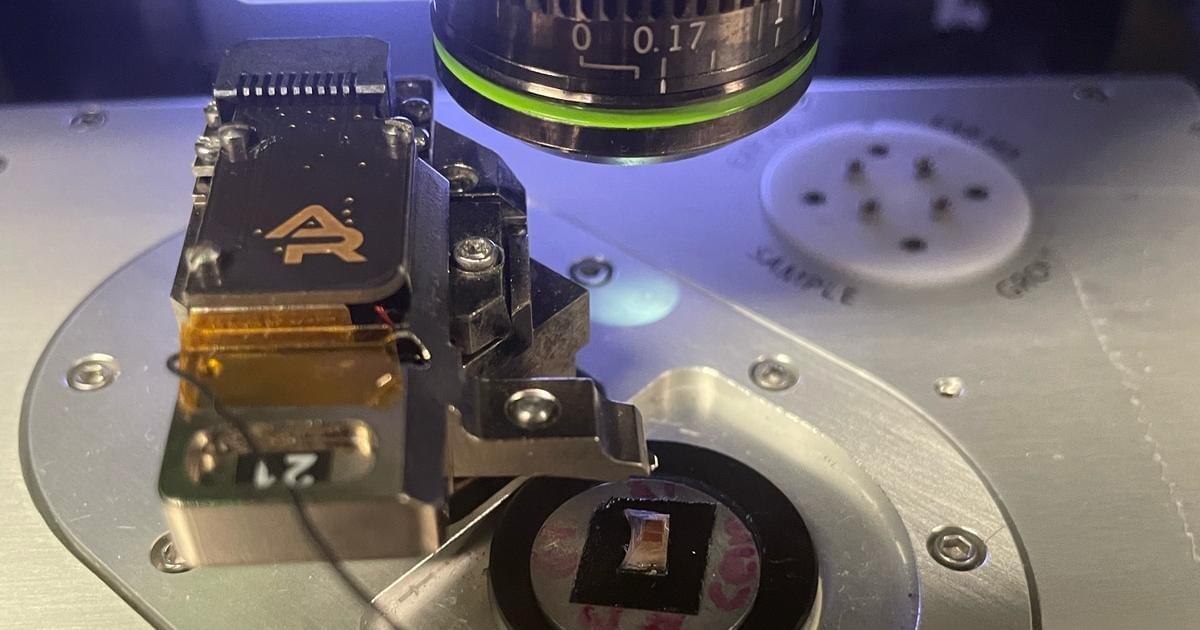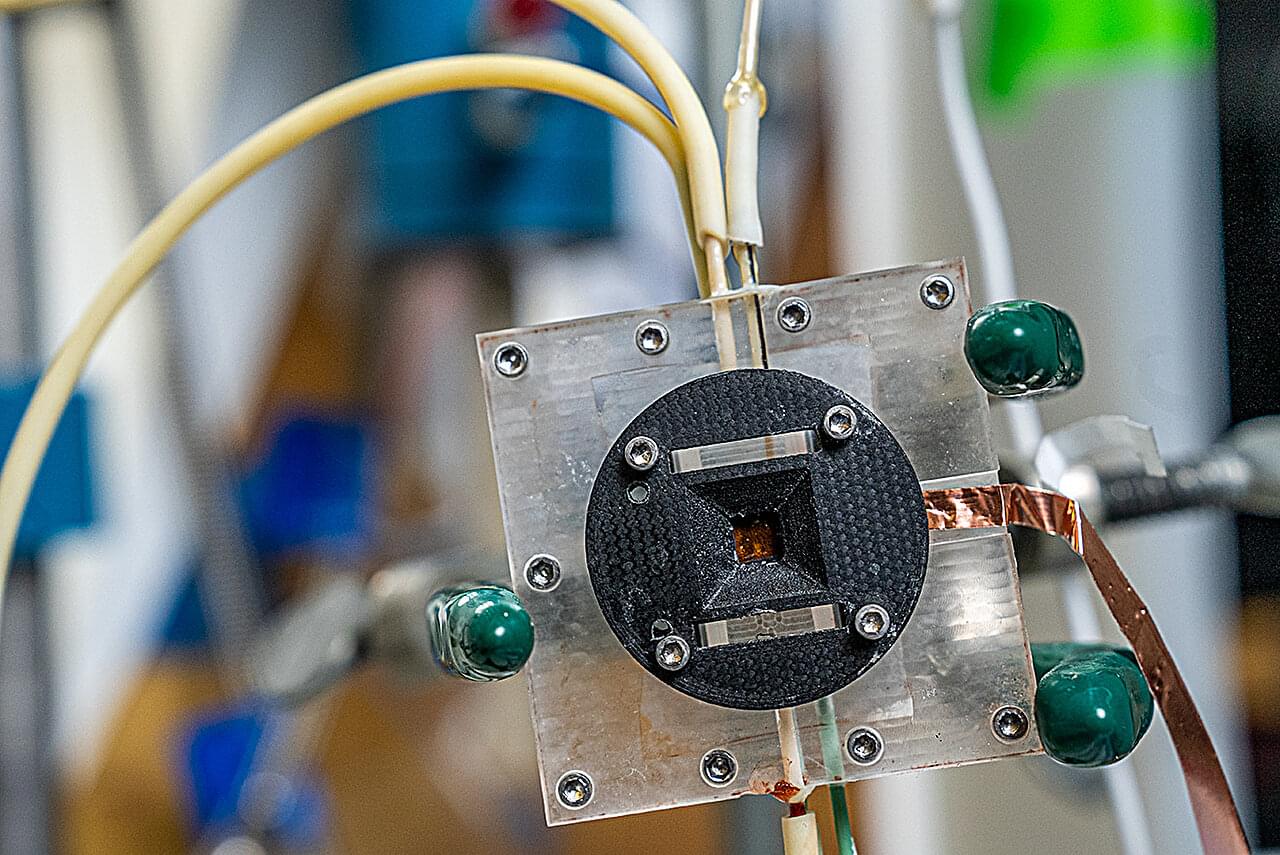Plasma is the fourth state of matter and is often referred to as an electrified gas. A plasma will form when a neutral gas is heated to the point where electrons are freed from their atoms. These free electrons allow current to flow through the gas so that it reacts to both electric and magnetic fields. Plasmas have many applications across materials science, medicine and manufacturing, however, specialised equipment is usually needed to maintain the plasma state.
The mostly widely used method for synthesising carbon nanotubes and other graphene nanocarbons is chemical vapour deposition, which requires substantial energy and material, and produces large quantities of carbon dioxide emissions. In 2009, Licht showed that a molten carbonate electrolysis method could be a more sustainable alternative. It involved directly splitting carbon dioxide into oxygen gas and carbon in the form of graphene nanocarbons.2
Now, Licht’s group has employed molten carbonate electrolysis to convert carbon dioxide into carbon nanotubes. Microwaving these carbon nanotubes in a regular microwave oven ignites a striking yellow-white plasma within seconds and reaches temperatures exceeding 800°C.
